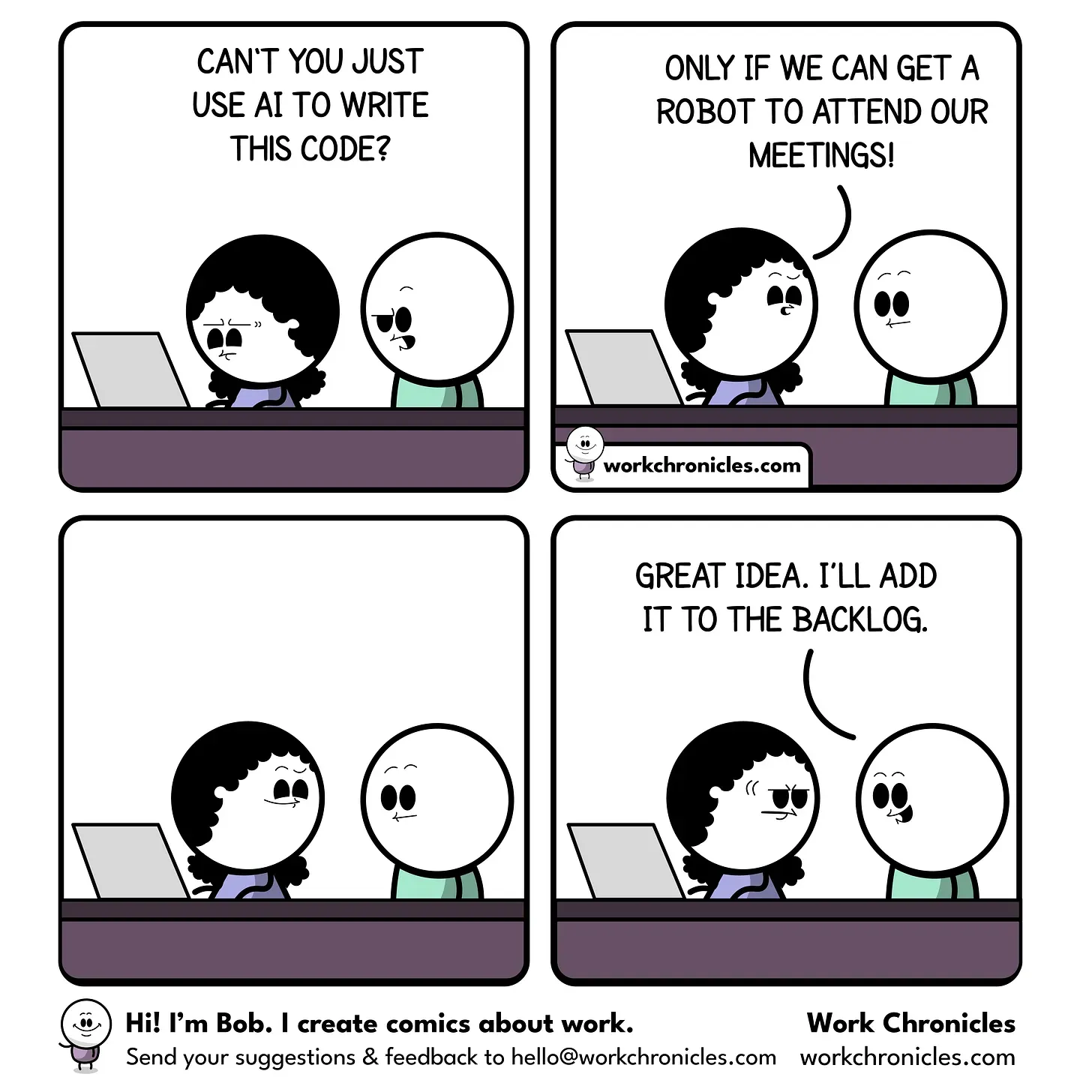Agentic AI - What it is and how I see it
I’ve been researching Agentic AI quietly for the past year and to me it’s built on the shoulders of previous automation work.
I think it’s easier demonstrated through a service setting, so I’m using online travel agents (OTAs) as an example.


Steve Jackson
Chief Data Officer
Steve has over 20 years experience with getting the most out of data platforms having made his clients 100s of millions in cost savings or sales directly attributable to his work. For the last 5 years he has been building an AI driven travel SaaS and vibe coding his way through all kinds of software development hell!
What is Agentic AI?
Agentic AI refers to artificial intelligence systems that are capable of acting autonomously to pursue goals, make decisions, and interact with their environment, often with minimal human intervention. Unlike traditional AI, which typically reacts to inputs based on pre-defined rules or models, Agentic AI is designed to exhibit initiative, adapt strategies in real-time, and sometimes coordinate with other agents or systems to achieve complex objectives.
Traditional AI using LLMs
Test a typical AI interaction.
- Go to ChatGPT, ask a question and iterate the answers with the chat screen.
- Close the chat window
- Ask in a new chat window what you just discussed one minute ago
At the moment the way it works is that ChatGPT will ask you to cut and paste the previous conversation or simply say, we haven’t discussed anything in the last minute. That’s because AI only remembers the current conversation.
That’s by design. It might change but given the scale it’s very unlikely ChatGPT will add memory to plans for €20 per month.
Agentic AI
Agentic AI is different by design. The concept draws from the field of agent-based modeling and multi-agent systems, which have long been studied in computer science and artificial life. Early developments in robotics, game theory, and AI planning laid the groundwork, while modern advancements in large language models (LLMs) and reinforcement learning have made it feasible to embed these agents with rich world knowledge, reasoning capabilities, and memory.

Levelling the playing field - how this would work from the perspective of an Online Travel Agent example (OTA)
Thinking in levels helps.
Where we have been and where we are going.
Ground Zero – No Automation, No Intelligence The customer does everything manually—researching destinations, comparing options, reading reviews, and booking directly through suppliers they already know and trust. There’s no support, no guidance—just raw decision-making powered by personal effort.
Level 1 – Rule-Based Automation Simple “if-this-then-that” logic. For example, if a visitor’s IP is in Crete, the OTA shows activities in Crete—not flights to Crete. This level includes geotargeting, timed pop-ups, and basic personalization, but everything is deterministic and pre-programmed.
Level 2 – AI-Augmented Support AI begins to handle repetitive tasks. Think chatbots that answer FAQs or smart search bars that interpret natural language. OTAs are layering in these assistants to streamline the customer journey—guiding users, clarifying policies, and surfacing relevant offers with context-aware responses.
Level 3 – Multi-Agent Workflows Several agents collaborate within defined boundaries. For instance, a login agent accesses various OTA portals, while a comparison agent evaluates deals based on a traveler’s preferences. Some startups are experimenting here, offering early versions of trip research copilots that combine structured tasks.
Level 4 – Semi-Autonomous Agents Agents reason, plan, and adapt. A customer specifies a destination and preferences, and the system builds a multi-day itinerary, suggests transport, books accommodations, and even reschedules in response to delays. OTAs at this level expose APIs to agent ecosystems and offer planning apps for end users.
Level 5 – Full Autonomy A personal AI travel agent does it all—trip discovery, booking, messaging, and problem-solving—through a federation of 15–20 specialized agents. It learns preferences, adapts to changing plans, and collaborates with global OTAs. The OTA becomes one node in a larger, intelligent travel mesh—favoured for efficiency, not brand.
What’s next?
A notable shift came in the last couple of years with the rise of AI “agents” built on top of LLMs—such as AutoGPT and BabyAGI—which began chaining tasks together to achieve open-ended goals. These systems represent a step toward more general-purpose AI that can handle workflows, delegate sub-tasks, and interface with external tools like APIs or web browsers.
Looking forward, Agentic AI is expected to play a major role in enterprise automation, scientific discovery, digital assistants, and autonomous systems. Key challenges remain, including control, safety, transparency, and alignment with human values. But as architectures improve and tool integration deepens, agentic AI may evolve into the backbone of intelligent digital ecosystems—working not just for us, but with us.


